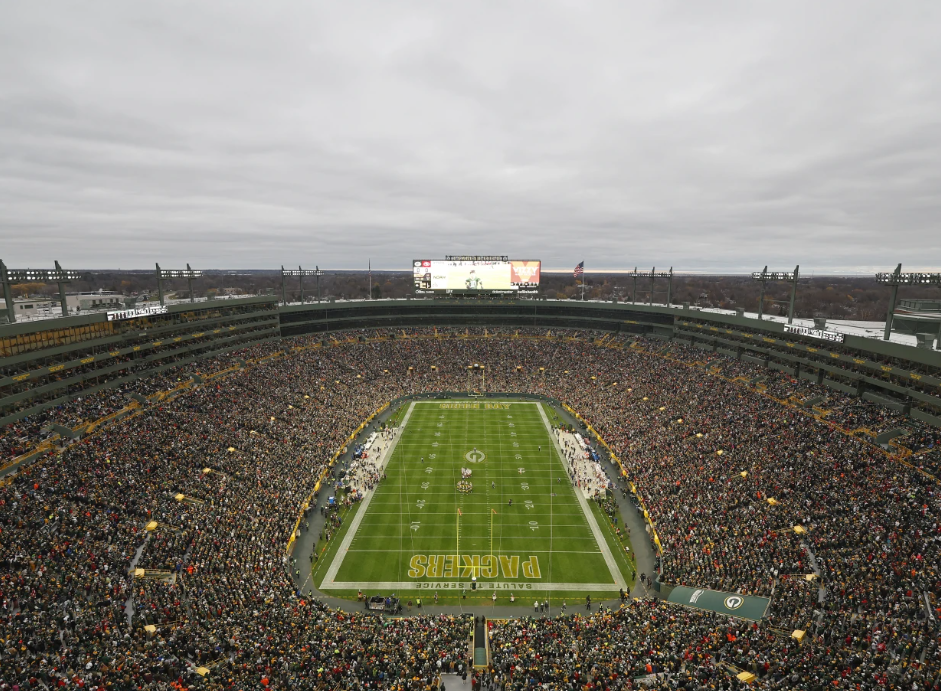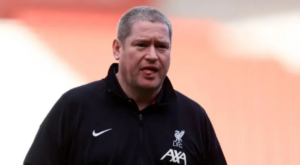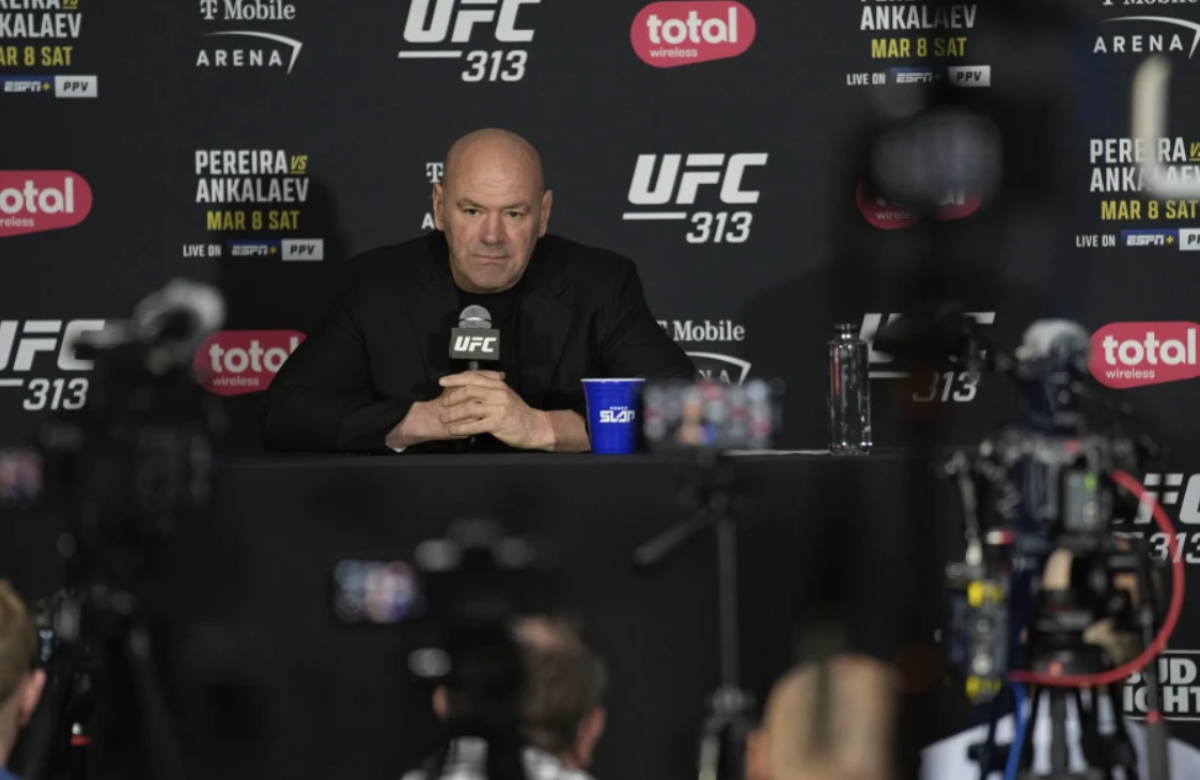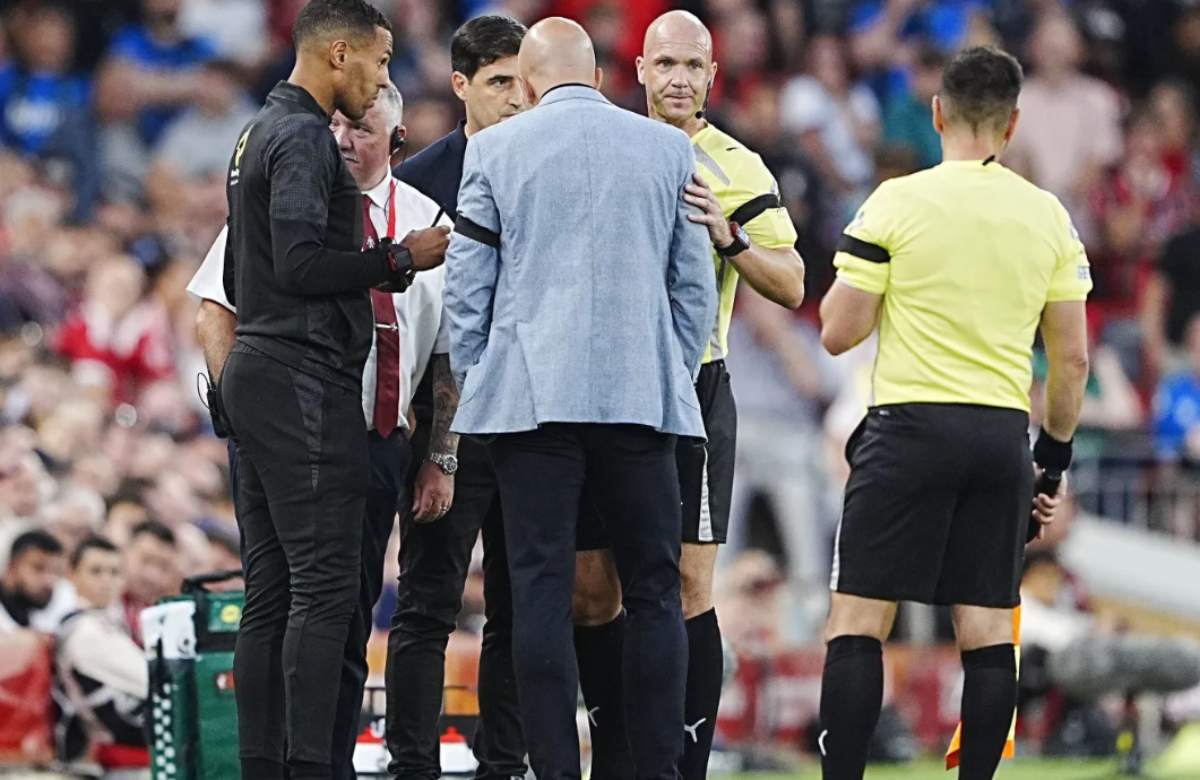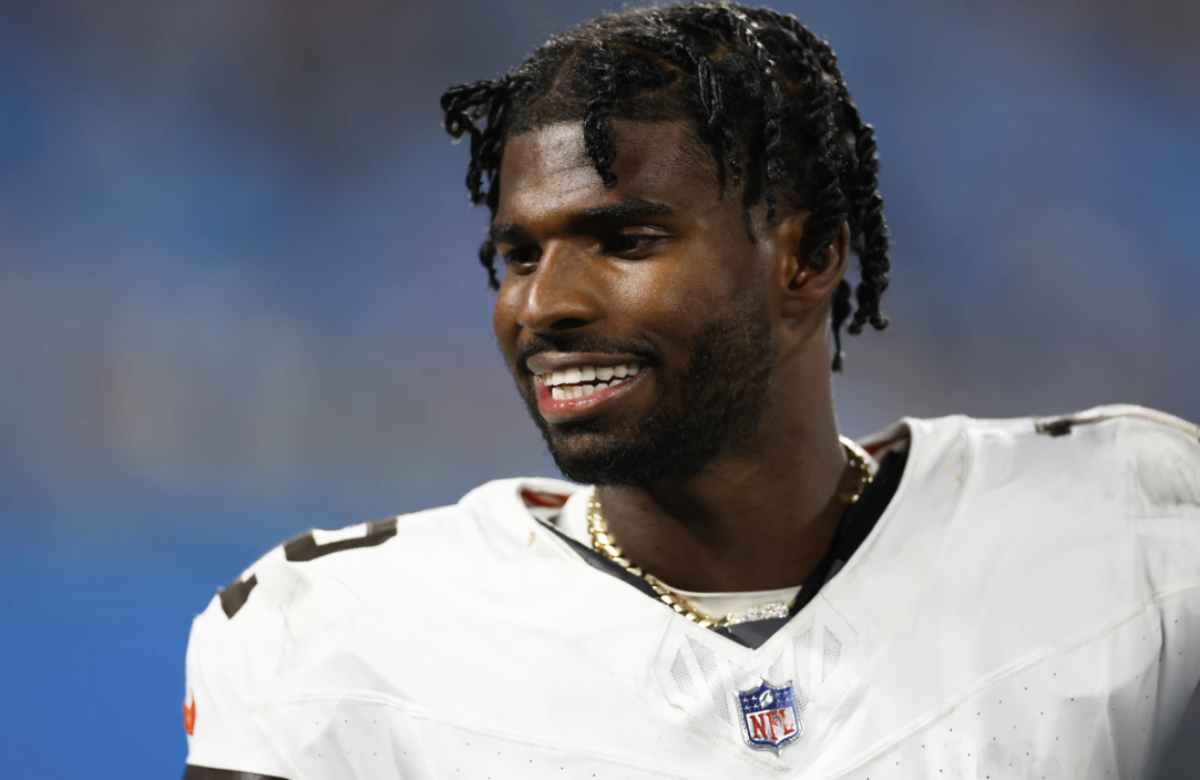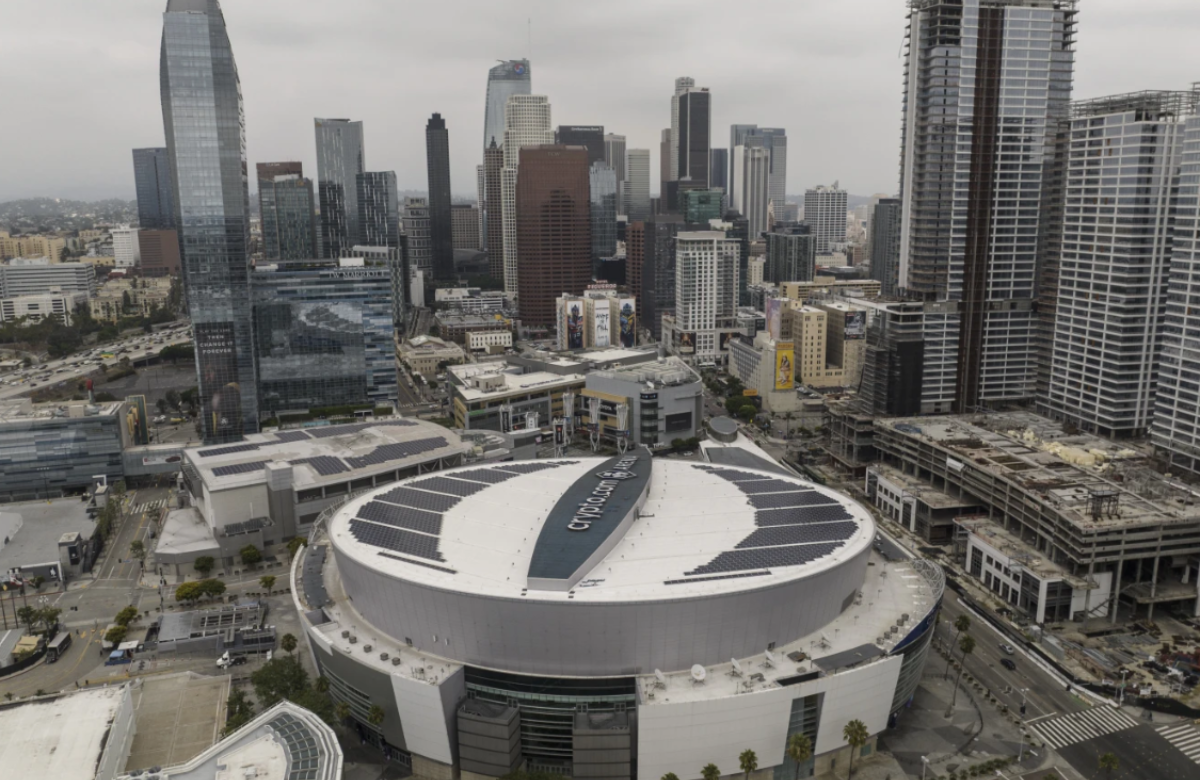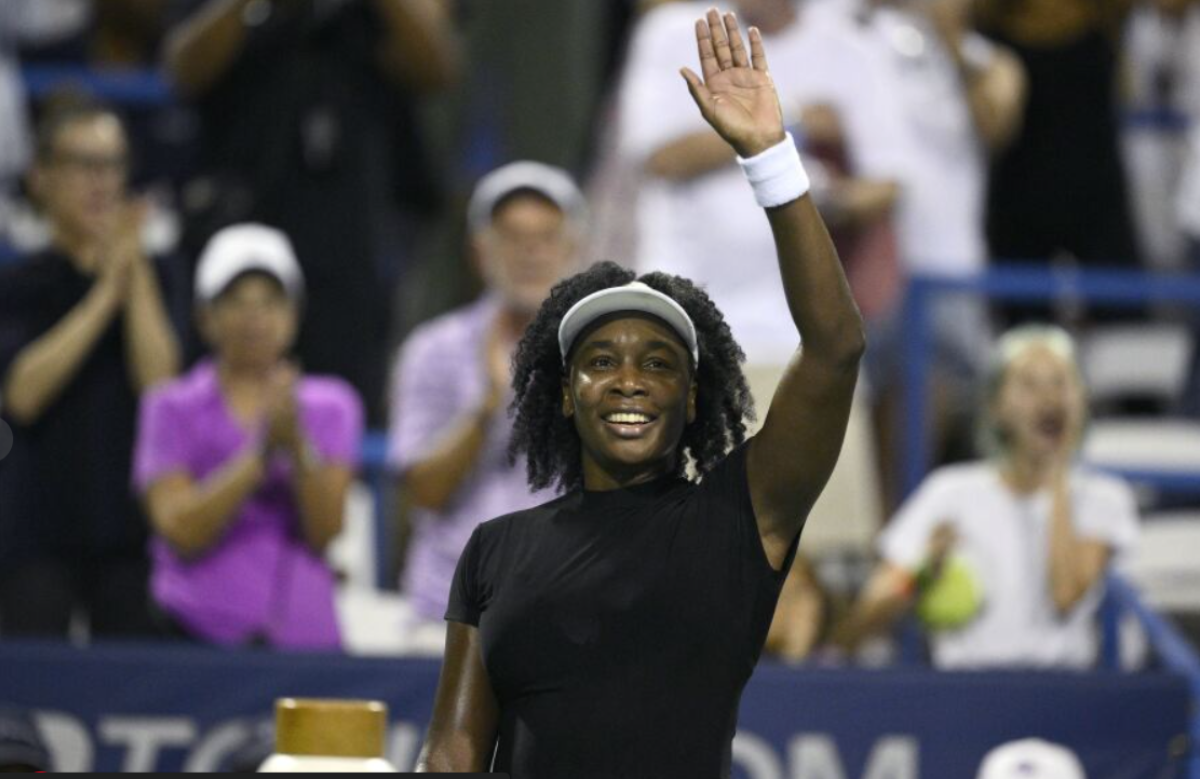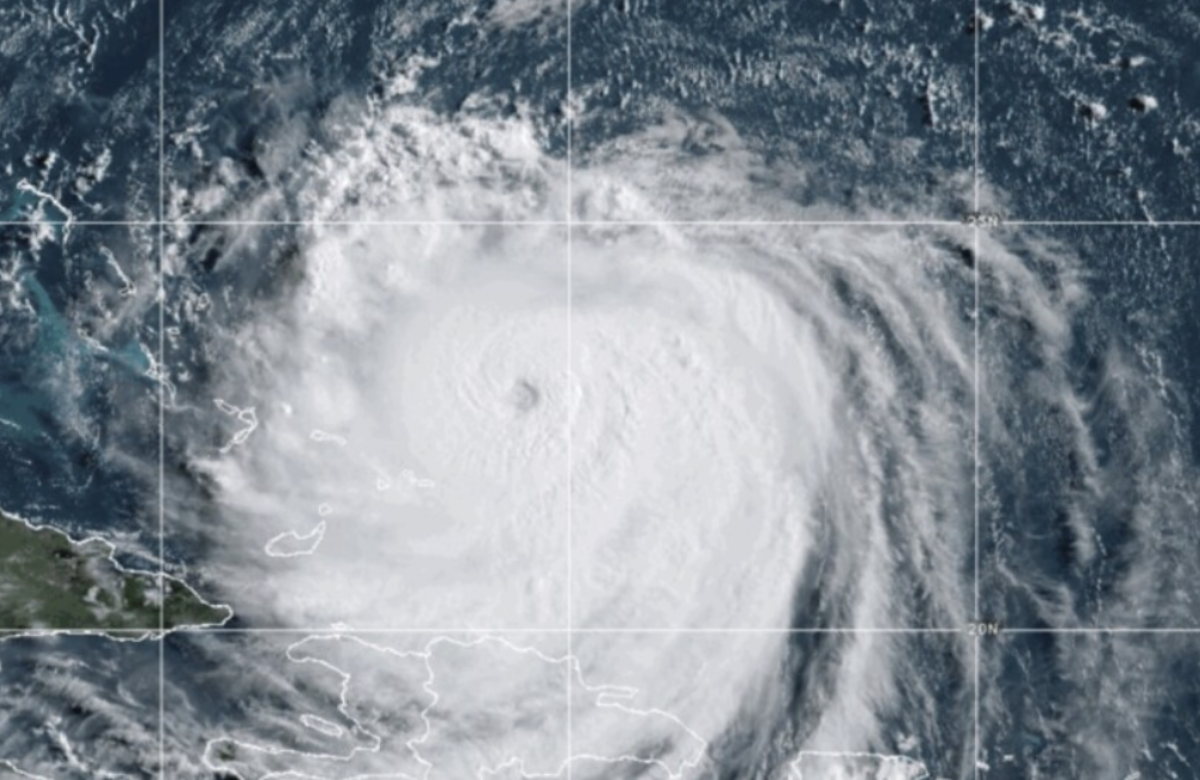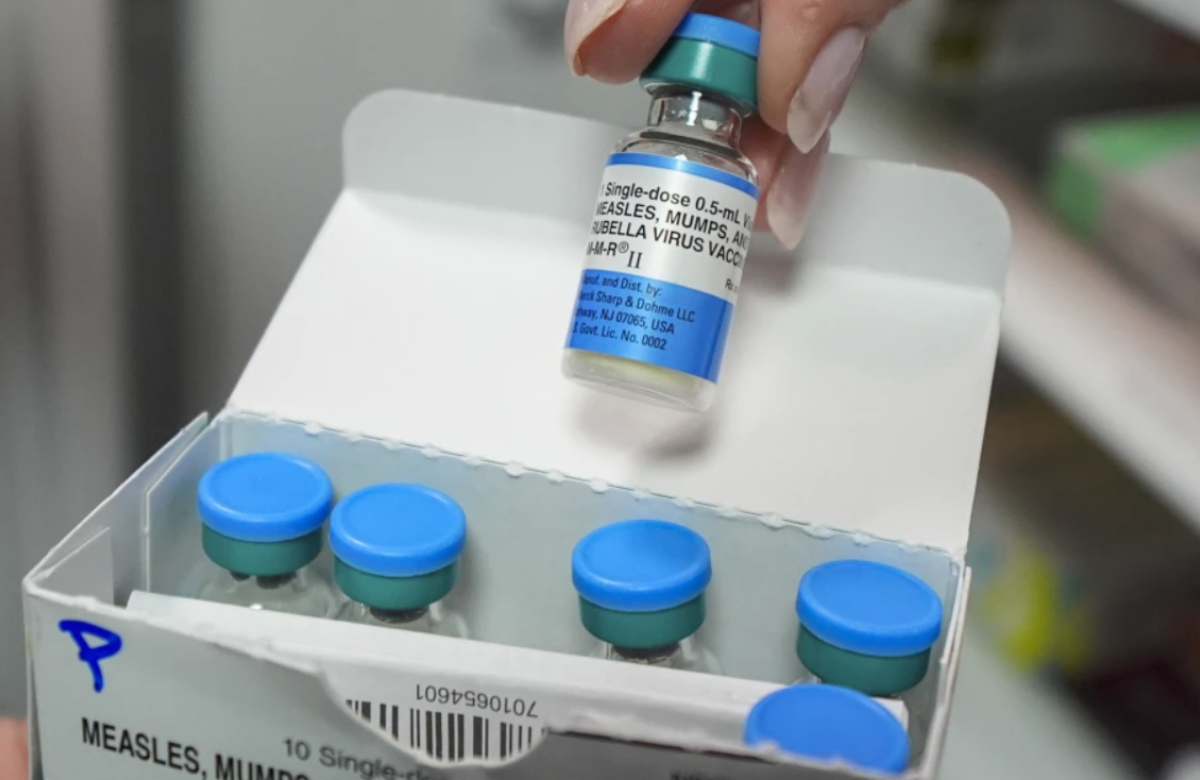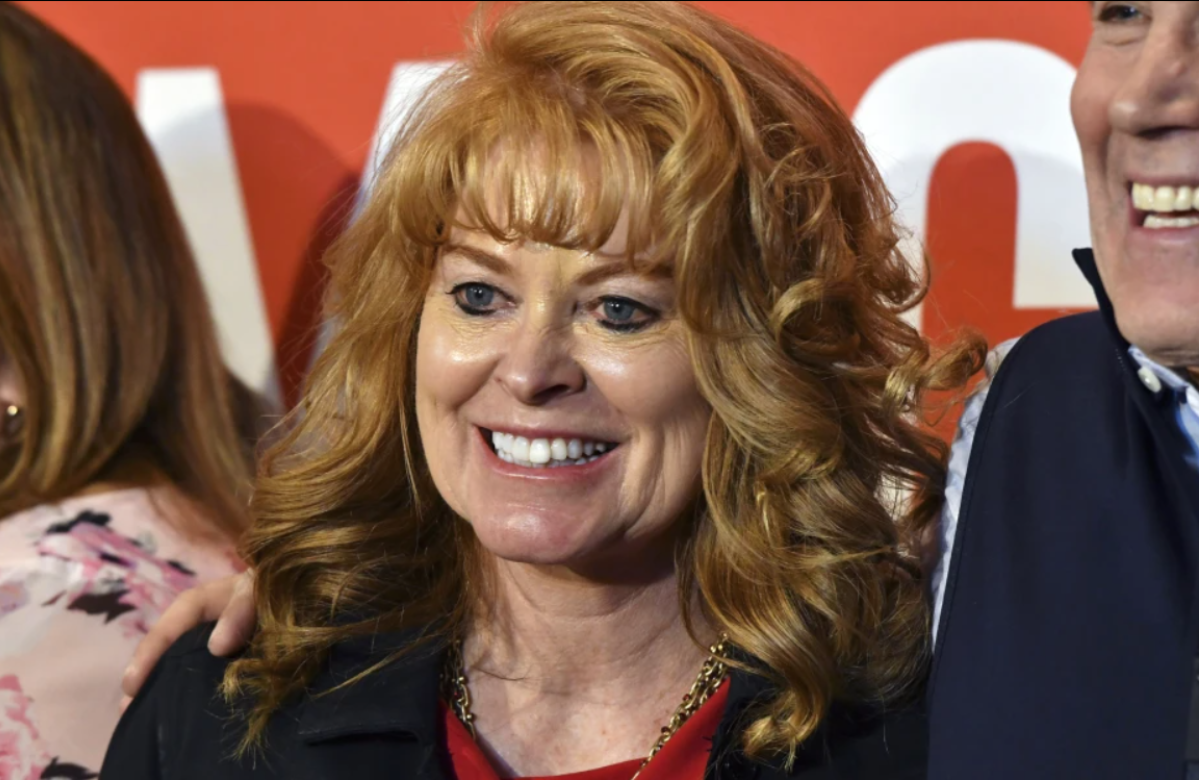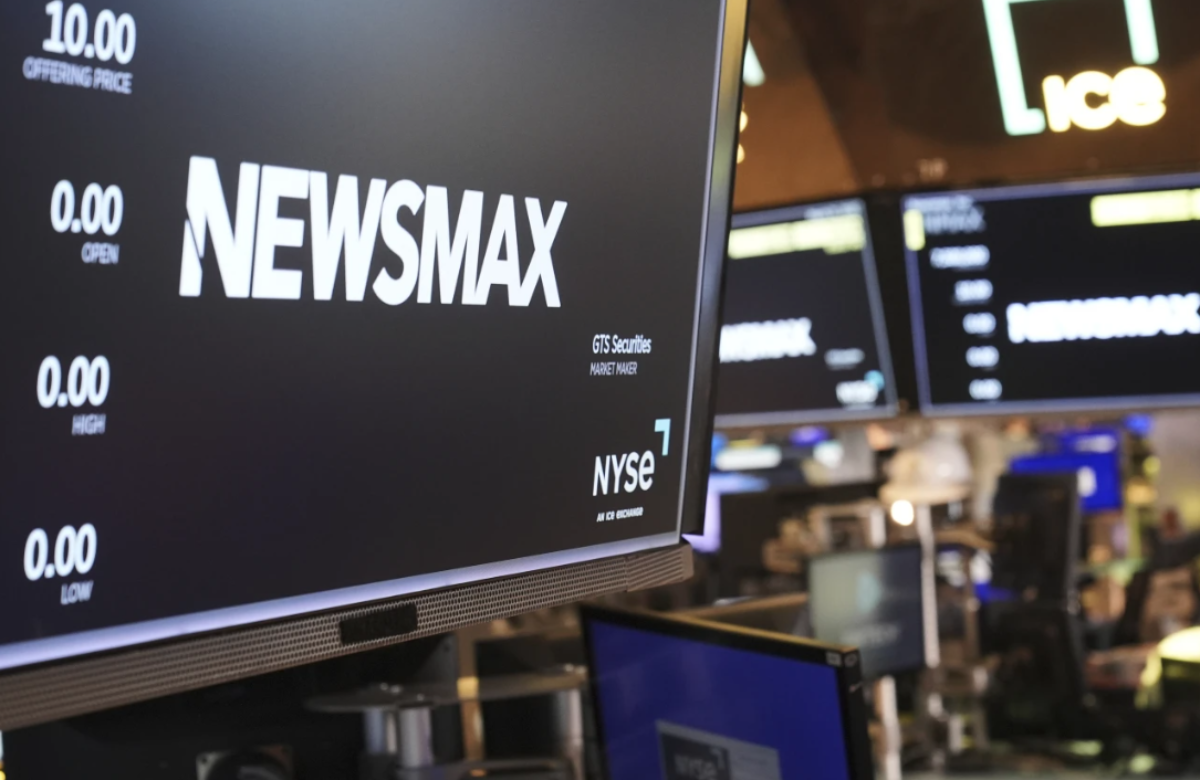When Corey Behnke was just seven years old, he attended a Green Bay Packers preseason game with his grandfather and looked across the street from Lambeau Field, vowing that one day he would live there. Today, Behnke not only calls that neighborhood home but also holds one of the best views as Green Bay prepares to host one of the NFL’s biggest offseason events.
Next week, the NFL Draft is coming to Green Bay, bringing with it a grand celebration in the heart of the league’s only publicly owned team. Behnke, now president of the neighborhood association adjacent to Lambeau Field, believes this draft will be unlike any other.
“I think it’s going to be iconic in a way that other drafts aren’t,” he said.
Ever since the NFL began rotating the location of its annual draft nearly ten years ago, Packers officials have been determined to bring the event to Green Bay. They’ve long accepted that a Super Bowl isn’t likely, given the city’s small size and harsh winter weather. Hosting the draft became their next best shot.
Packers president and CEO Mark Murphy, who is retiring this summer, had long envisioned this moment. His vision is now becoming reality, with construction underway and draft-themed signs popping up in the yards across from Lambeau. One of them reads, “Draft Dreams on Murphy’s Turf.”
Murphy emphasized the draft’s significance: “We knew how much impact this would have—not just for Green Bay, but for the entire state. Being a community-owned team, giving back has always been a top priority. This will be the biggest event ever held in Green Bay.”
But hosting an event of this scale doesn’t come without its challenges. The Green Bay metro area has a population of about 320,000, and the city itself houses fewer than 110,000 people. Accommodations are limited—roughly 5,000 hotel rooms in the city, stretching to 10,000 when Appleton is included. Many fans are expected to stay in Milwaukee or Madison, a couple hours’ drive away.
“When people ask if the city can handle it—well, do we have enough hotels? No,” Behnke acknowledged. “But we knew that. Does Wisconsin have enough? Absolutely. This is going to be a driving event. Fans are used to that. Packers games often mean a two-hour trip.”
The expected crowd for the draft is around 250,000, significantly less than the record-setting 775,000 attendees in Detroit last year. The draft attendance is cumulative over three days, with repeat visitors counted multiple times.
Jon Barker, the NFL’s senior vice president for global event operations, said the event is designed to adapt to its surroundings. “Each location brings challenges and opportunities,” he said. “That’s the beauty of the draft.”
In Green Bay’s case, the opportunity lies in celebrating the deep football culture of what Behnke calls “the best football town in America.” Among the cherished traditions being highlighted is the bike ride players take during training camp, borrowing bikes from kids to get to the practice field. When Packers staff pitched their draft proposal, they included a Packers-themed bike with a video message inside the basket for Commissioner Roger Goodell.
Gabrielle Dow, the Packers’ vice president of marketing and fan engagement, noted that this bike tradition will be part of the draft’s opening festivities. A children’s bike parade is also scheduled for Saturday.
Local artists and sports legends are being woven into the event. Draft prospects will walk through a corridor featuring artwork by Milwaukee-based artist Ike Wynter, who crafted each piece from reclaimed wood. Former Wisconsin Badgers like Jonathan Taylor, Joe Thomas, Tim Krumrie, and James White will help announce picks during the second and third rounds.
Lambeau Field will be central to the event, although the entire area surrounding the stadium will be buzzing with activity. The main draft stage is located in a parking lot east of Lambeau, and fans can enter the stadium to watch the action unfold on the massive scoreboard. Admission is free, and large screens and interactive attractions will be set up throughout the area as part of the NFL Draft Experience—featuring games, exhibits, autograph opportunities, and more.
Draft picks will even walk the red carpet onto the Frozen Tundra itself on opening night.
Murphy called it a “three-day commercial for the entire state,” pointing out how the event will spotlight Wisconsin’s unique traditions and culture.
Recent development around Lambeau played a major role in Green Bay securing the draft. The Resch Expo center, opened in 2021, will serve as the green room for draft prospects. Just west of the stadium, the Titletown district—a 45-acre space featuring shops, restaurants, and apartments—will host the fan experience.
“If those developments don’t happen, I don’t think we get the draft,” said Nick Meisner, spokesperson for Discover Green Bay.
Beth Jones Schnese of the Greater Green Bay Chamber estimates the event could generate $20 million for Brown County and $90 million statewide, equivalent to the impact of three consecutive Packers home-game weekends. Still, the event will come with inconveniences, including road closures and traffic congestion.
But Green Bay residents are no strangers to expansion during football season. Behnke, who was born in Green Bay and now lives across from Lambeau, understands the spirit of hospitality that comes with welcoming fans.
“I do think as stewards and ambassadors of the city, people take that very seriously,” he said. “We’re not just Midwestern nice—we know we have a responsibility to give people a great experience, just like we do on gamedays. That spirit will carry into the draft.”
